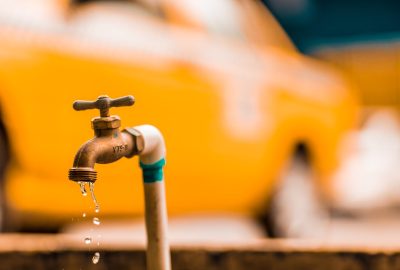What Is A Noise Survey And Noise Assessment?

What Is A Noise Survey/Noise Assessment?
A noise survey or noise assessment typically involves using highly-advanced sound assessment equipment such as low noise microphones, external environmental microphones, and type 1 sound level meters to determine the sound environment of a building.
Some common techniques and methods used in conducting noise surveys are highlighted below.
Occupational Noise Risk Evaluation
In the United Kingdom, all organizations are required to follow strict noise control regulations in the workplace. The main reason for conducting an occupational noise risk evaluation is to determine and control the quantity of sound or noise to which workers are exposed in the workplace.
One of the main advantages of doing a noise risk evaluation is that it helps you to protect the hearing of your staff.
If your workers are frequently exposed to noise levels higher than 80 dB(A), an occupational noise risk evaluation is required according to existing noise regulations.
If your workers are exposed to 85 dB(A), an occupational noise risk evaluation is required according to existing noise regulations. Moreover, hearing tests, health screening, and hearing protection are highly recommended.
When doing an occupational noise risk evaluation, you will normally receive a visit to your workplace to assess the measures that have been put in place to protect the safety and hearing from excessive noise and measure the amounts of noise to which workers are exposed. Afterwards, the person doing the assessment will publish a report that includes specific recommendations that highlight noise risk evaluation results and the changes that need to be made to comply with existing laws.
Background Noise Assessment
Background noise assessments and surveys measure the day-to-day changes in noise levels of a specific location, and it is often needed for planning applications to ensure that either a proposed development will not be negatively impacted by existing levels of noise or generate unnecessary noise levels in the area. The noise level can then be managed with best practices such as soundproofing walls.
Although background noise assessment can be done with various spot measurements, we advise leaving equipment for several days to get a comprehensive review of the situation.
With a comprehensive review, we can evaluate numerous sounds/areas in the environment, such as diurnal variations and noises such as the dawn chorus of sounds from boilers that may otherwise go unnoticed.
Noise Impact Survey
A noise impact survey is a detailed noise assessment that is not restricted to a basic back noise assessment.
Noise impact surveys are often requested by local authorities and real estate developers to determine the environmental impact of a proposed development. The process involves evaluating all the background noise in a specific environment and doing a comparison of this to either prediction or measurement of the amount of noise produced by the proposed development.
If a proposed construction affects the existing noise levels, it needs to be re-evaluated to ensure that an acceptable and appropriate external and internal living environment is being created without any unnecessary actions being taken by nearby noise generators.
Noise surveys are also done to determine the status quo.
To demonstrate mindfulness for other members of the community and to prove compliance with existing noise pollution laws, all industries are required to regularly observe their noise levels. Keeping noise levels within the recommended range is therefore extremely important for both industries and factories in the U.K.





0